Taste the bubbles of the sea: Havets Bobler
Discover the story behind this sea-aged, sparkling sensation, created exclusively to serve on our ships.
“We work with the sea. We are part of the sea. It is in our DNA,” says Tani Gurra, Hurtigruten’s Beverage Director. “The thought of ageing a beautiful sparkling wine beneath these waters as we sail above them filled me with emotion.”
Tani’s motivation to create Havets Bobler resonates with our overall food and drink concept, Norway’s Coastal Kitchen. Like he says, “I wanted to make something unique and deeply connected with what we do.”
With our ships sourcing food and drink as they sail to different parts of Norway, we already see the Norwegian coast as our kitchen. The ingredients it offers are our pantry. The orchards, our fruit bowl. The mountains, our herb garden.
Now, with Havets Bobler, the ocean floor is our wine cellar.
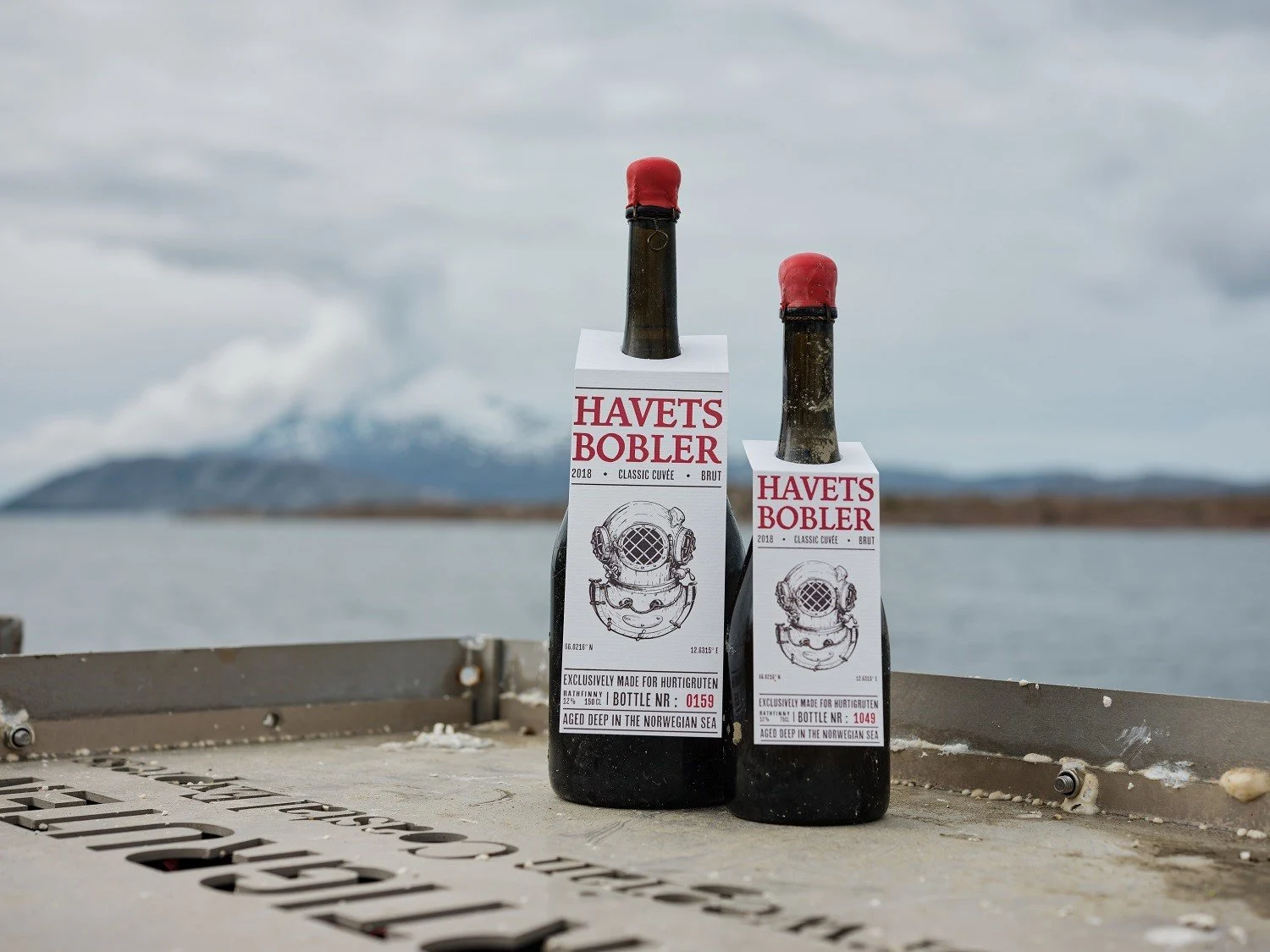
Champagne survives shipwreck
The process of ageing wine underwater was discovered by accident. In 2010, a trove of 168 bottles of Champagne, including a bottle of Veuve Clicquot, was found in a 170-year-old shipwreck in the Baltic Sea.
A panel of wine experts sampled the Champagne and, after swirling the liquid around their glasses to infuse it with some much-needed oxygen, they agreed that the wine tasted sublime. Somehow, it was still fresh and vibrant.
Since then, winemakers and innovators all over the world have been inspired to experiment with producing new wines aged in seas and lakes. The naturally regulated temperatures, consistent darkness of deep water, and constant vibrating effect of the movement of the sea are the perfect conditions for the maturation process.
Recent experiments in ageing wine in the Baltic, Mediterranean, and Atlantic have all been hailed a success. While chemical analysis of the wines showed very little difference between land- and sea-aged bottles, blind taste tests suggested a distinct development of certain characteristics. Underwater wines may tend towards a greater intensity of color and smell, with a sense of freshness and silkiness on the palate.
The cooler temperatures of waters such as the Norwegian Sea are even better suited to sparkling wines. The stable underwater environment enhances the structure of the wine, improving effervescence to create smoother, softer bubbles, while moderating acidity and sweetness for more rounded tannins.
Hidden in the Norwegian Sea
To create Havets Bobler, we have partnered with Rathfinny, an award-winning, family-run wine estate in Sussex, England. We wanted to work with Rathfinny as it is the first sparkling wine grower-producer in the world to achieve certified B Corp status.
Havets Bobler’s classic cuvée is made in the traditional method from Pinot Noir, Pinot Meunier, and Chardonnay grapes. The result is a rich palate of citrus, apricots, and cream.
After careful planning, a few thousand Havets Bobler bottles are submerged in Arctic waters in Northern Norway. The location in the Arctic, usually somewhere between 66 and 77°N, changes each year and is a closely guarded secret in Hurtigruten.
For each batch we send underwater, Tani is there personally every time, making sure that the wax seals on the bottles are tight enough that no seawater gets in.
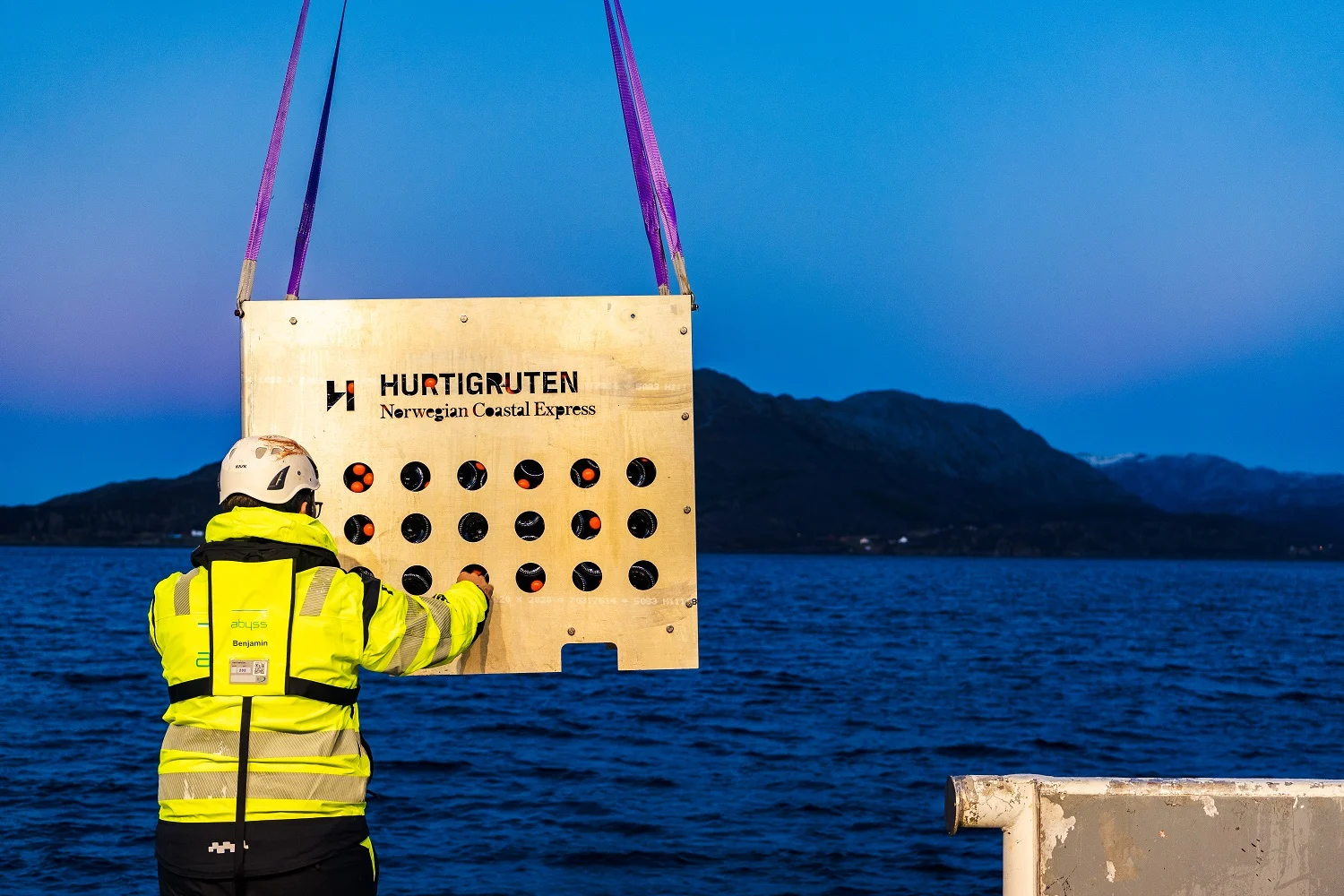
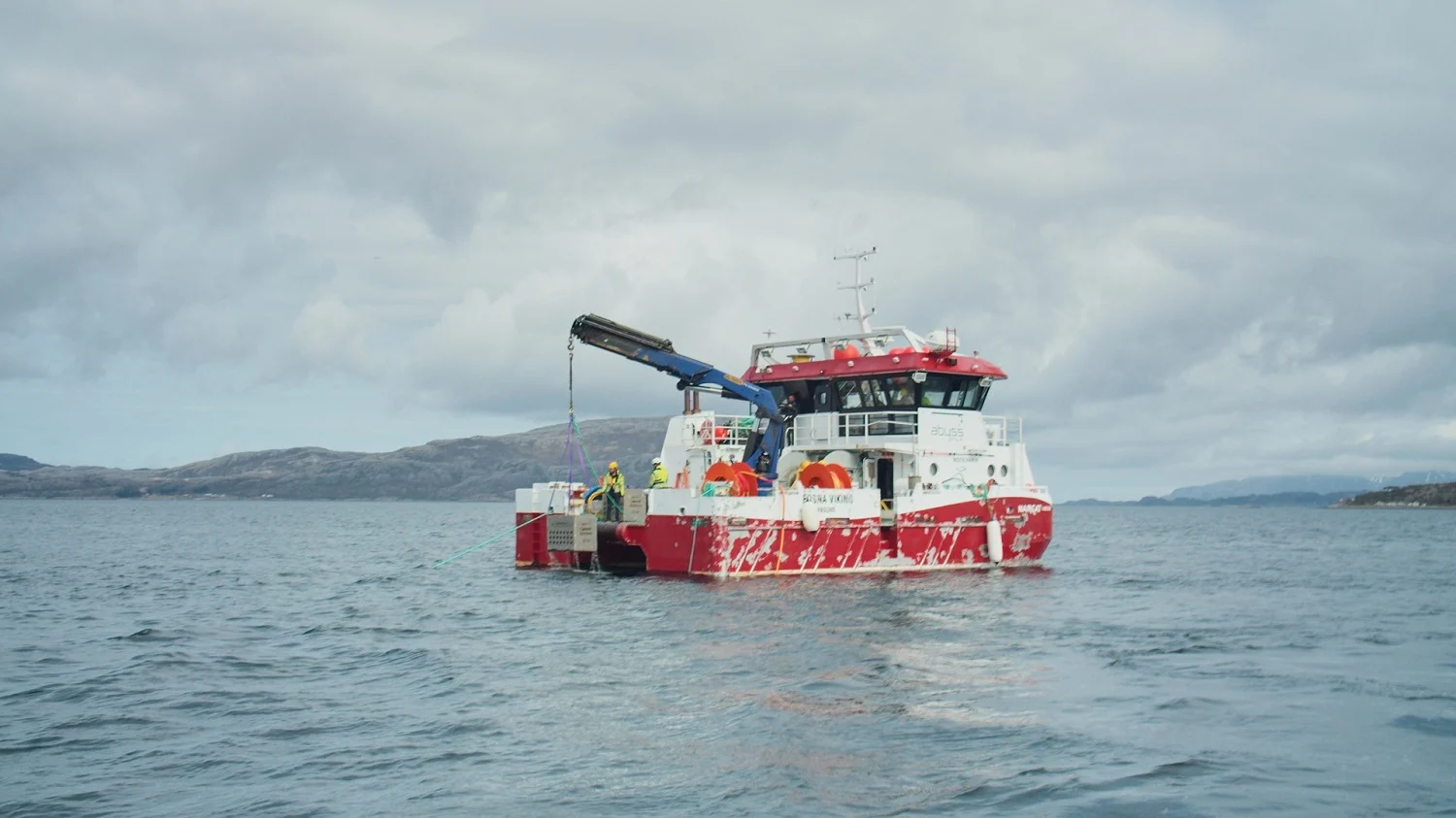
For eight months to two years, Havets Bobler bottles sit deep in the Norwegian Sea at over 30 metres below sea level. The seabed in Northern Norway is naturally cool with temperatures averaging only 5°C (41°F).
Add the consistent darkness of the sea floor and the constant gentle movement of the waves, and you have the perfect recipe for the wine-ageing process.
The underwater environment may even enhance the structure of the wine, creating smoother, softer bubbles and more rounded tannins.
From seabed to skål
When the time comes to raise the bottles, Tani is always present too. All eyes are on the cases as he checks that no bottles have been damaged and no seals have come off during the six months underwater.
With the Norwegian Sea naturally doing what might normally be done at a winery, Havets Bobler really feels like wine that comes straight from the sea. When you try it on one of our ships, your bottle might even have sand from the sea floor on it.

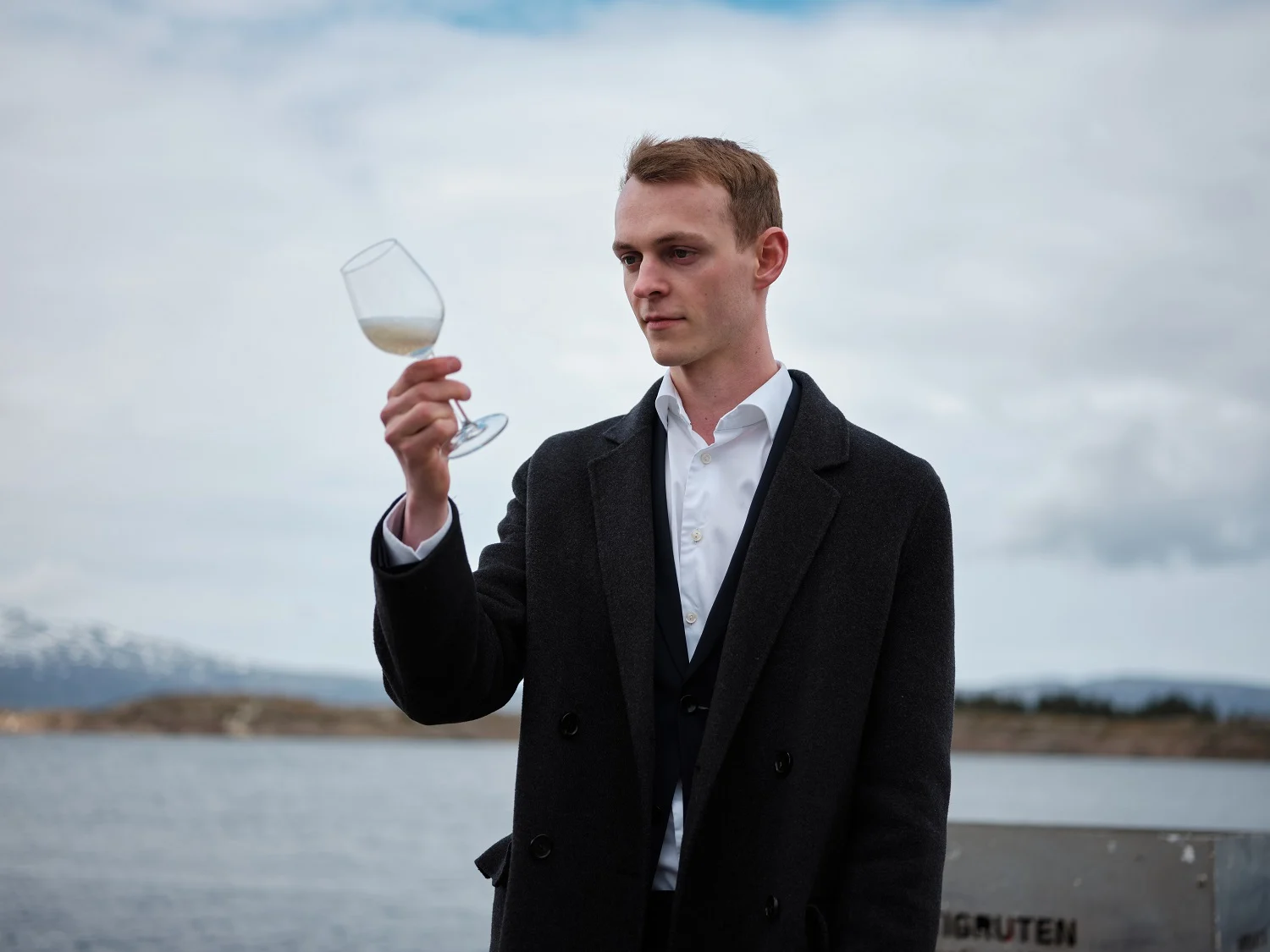
Nikolai Haram Svorte, winner of Norway’s Best Sommelier 2023, was among the first to taste Havets Bobler’s first edition.
“This is something truly exciting and I’m really impressed,” he said. “From the refreshing citrus tones to a mineral salty finish, like an oyster. It’s clear to me that this has revealed a unique setting to store and age sparkling wine. I can’t wait to see what the future holds for Havets Bobler.”
From us and from Tani, we couldn’t agree more. Here’s to Havets Bobler. Skål!
More food stories from the Norwegian coast
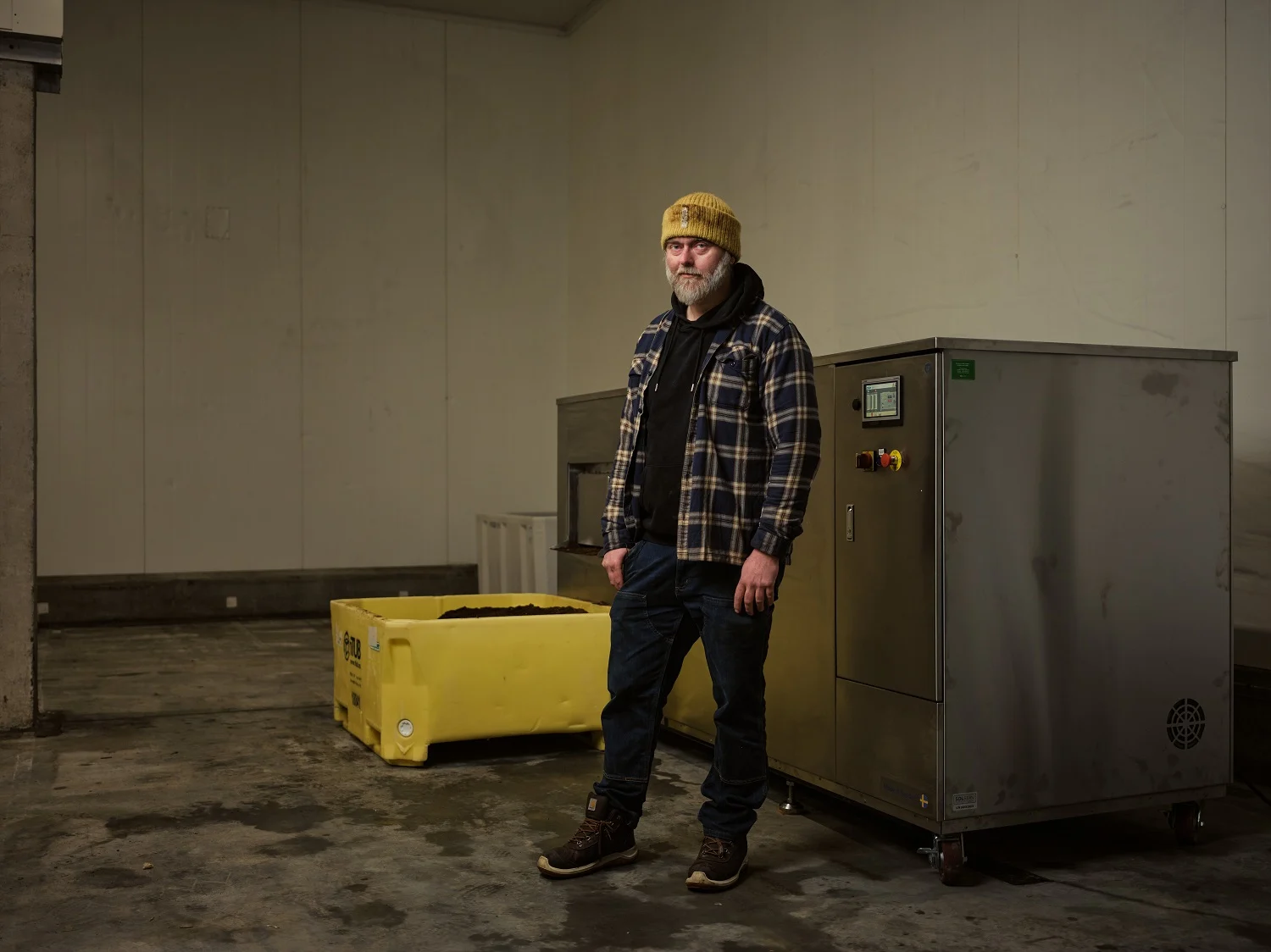
Towards zero food waste
The dishes you enjoy on board are made from ingredients grown, harvested, foraged, and fished in Norway. We then turn any leftover food into fertiliser to be used on a local Norwegian farm to grow new food.

Dear Coast, from Lofoten Seaweed
When Angelita Eriksen and Tamara Singer decided to hand-harvest seaweed in Lofoten, the local fishermen thought they were “crazy”. This is the story of how these two women changed the fishermen’s minds.